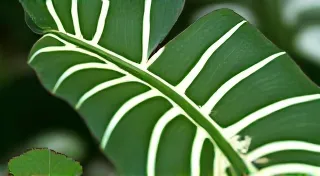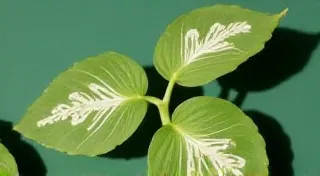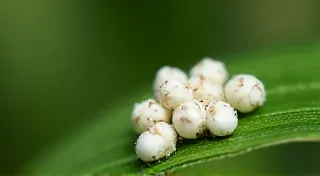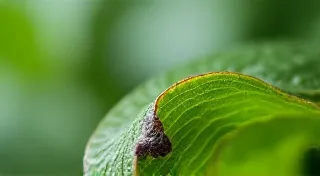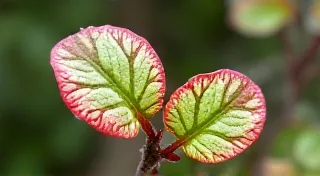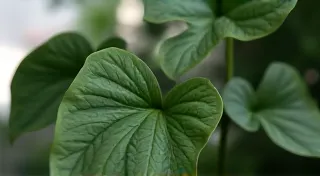Understanding and Preventing Root Rot in Rare Houseplants
Root rot is a dreaded issue for any plant parent, but it can feel especially devastating when it strikes your precious collection of rare houseplants. These often-finicky plants have specific needs, and when those needs aren't met, root rot can quickly take hold. This guide will break down what causes root rot, how to spot it, and, most importantly, what you can do to prevent it.
What is Root Rot?
Root rot isn't a disease itself, but rather a symptom of a problem—typically, overly saturated soil. Healthy plant roots need oxygen to thrive. When the soil remains consistently wet, the roots are deprived of oxygen, creating a breeding ground for anaerobic (oxygen-hating) fungi and bacteria, most commonly Phytophthora and Pythium. These organisms then begin to decompose the roots, leading to root rot. This process isn't always a sudden event; often, it's the culmination of ongoing stress factors impacting a plant's ability to resist infection.
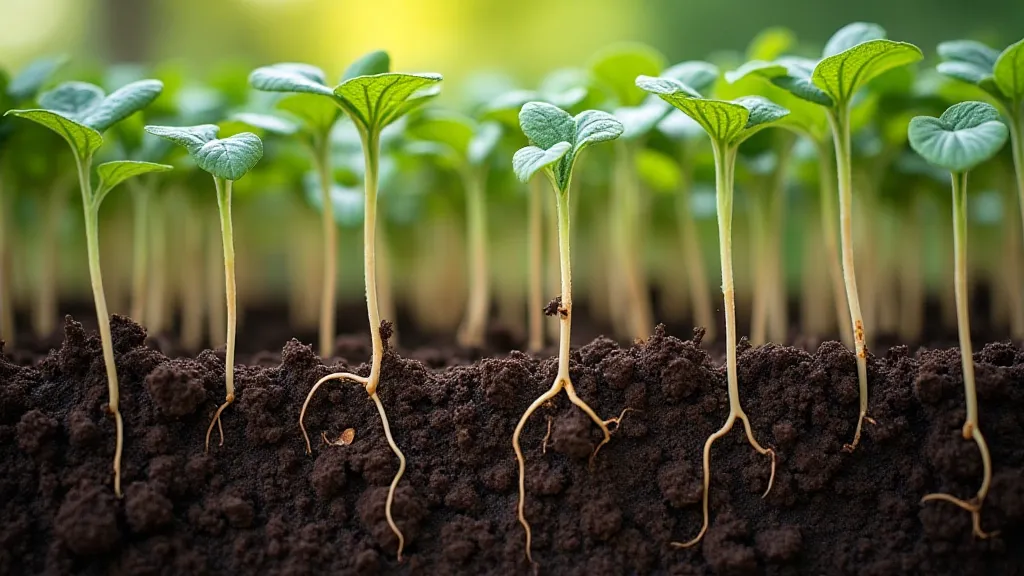
Identifying Root Rot
Early detection is key to saving a plant suffering from root rot. Here's what to look for:
- Wilting: Even though the soil is wet, the plant will appear wilted. This is because the roots can't absorb water if they're damaged.
- Yellowing Leaves: Leaves may turn yellow, especially lower leaves, as the plant struggles to get nutrients. Nutrient deficiencies often accompany root problems, hindering a plant’s ability to maintain healthy foliage.
- Stunted Growth: New growth may be slow or non-existent. A lack of robust root function severely limits a plant’s ability to produce new leaves and stems.
- Brown, Mushy Roots: This is the most definitive sign. Carefully remove the plant from its pot and inspect the roots. Healthy roots are typically white or cream-colored and firm. Root rot causes the roots to turn brown or black, become soft and mushy, and sometimes have a foul odor.
- Leaf Drop: You may notice leaves dropping off prematurely. This is often a sign that the plant is actively trying to conserve energy in response to the root damage.
Common Causes of Root Rot in Rare Houseplants
Several factors can contribute to root rot. Understanding these is the first step in prevention:
- Overwatering: This is the most frequent culprit. Rare houseplants often prefer to dry out between waterings. It’s not just about the quantity of water, but also how efficiently the plant and soil are able to process it.
- Poor Drainage: Soil that doesn't drain well keeps the roots constantly wet. This is often exacerbated by pots without drainage holes.
- Heavy Soil: Dense soil mixes compact easily, restricting airflow and hindering drainage. Consider experimenting with soil amendments to improve aeration.
- Lack of Air Circulation: Stagnant air around the plant can increase humidity and contribute to root rot. Good airflow helps the soil dry out faster and reduces the likelihood of fungal growth.
- Incorrect Pot Size: A pot that is too large can hold excess moisture. Choosing a pot that's appropriately sized for the plant's root system is vital.
The challenge with many rare plants lies in balancing their unique aesthetic appeal with their often-complex care requirements. For instance, some prized varieties, like the captivating Philodendron Spiritus, demand exceptionally well-draining media and consistent environmental monitoring. Ignoring these nuances can quickly lead to problems like root rot. The visual allure of variegation can also make certain plants more vulnerable, as the reduced chlorophyll in variegated leaves can impact their ability to photosynthesize and thrive. Understanding the biological processes underlying these traits is crucial for providing optimal care.
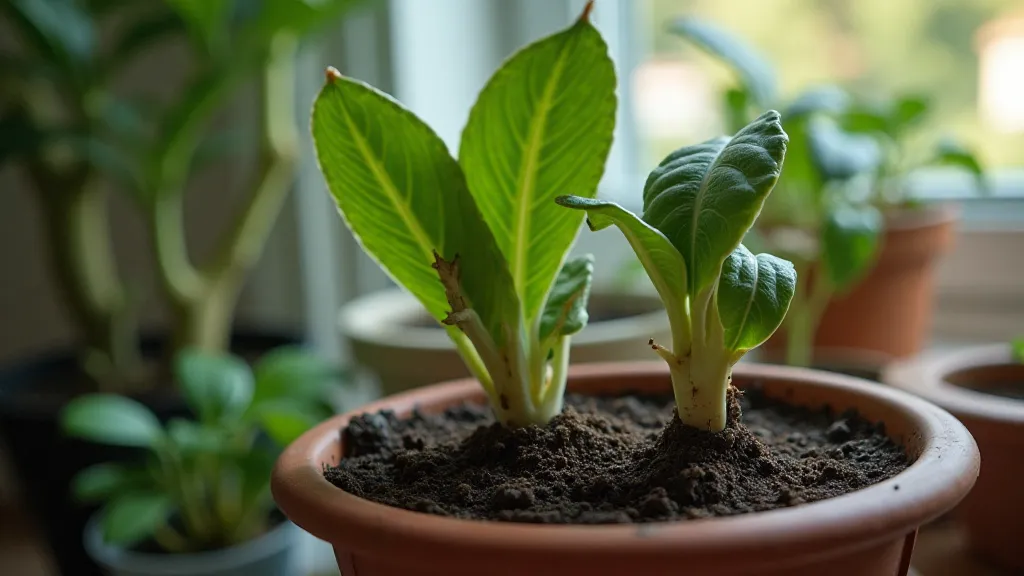
Preventing Root Rot: A Proactive Approach
Prevention is always better than cure. Here's how to protect your rare houseplants:
- Watering Habits: Let the top inch or two of soil dry out completely before watering again. Water thoroughly when you do water, allowing excess water to drain from the pot's drainage holes. Adjust your watering frequency based on the plant's specific needs, the pot size, and the environmental conditions. Consider using a moisture meter to gauge soil moisture accurately.
- Potting Mix: Use a well-draining potting mix specifically formulated for houseplants. Consider adding perlite or orchid bark to improve drainage. Experimenting with different mixes is crucial—some plants benefit from a more chunky blend, while others prefer something finer. Understanding how different components impact drainage is key. If you're curious about the science behind soil composition and its impact on plant health, you might find resources exploring variegation secrets helpful.
- Pot Selection: Always use pots with drainage holes. Terracotta pots are a great choice as they are porous and allow for better airflow. The material of the pot significantly affects how quickly the soil dries out.
- Air Circulation: Ensure good air circulation around your plants. A small fan can help, especially in humid environments. This is especially important for plants with delicate foliage.
- Repotting: Repot your plants as needed, typically every 1-2 years, using fresh, well-draining potting mix. This helps prevent the build-up of salts and diseases in the soil. A yearly refresh is a good rule of thumb for most rare varieties.
- Monitor Your Plants: Regularly inspect your plants for signs of stress or disease, including root rot. Early detection is far easier to address than a full-blown infestation.
Beyond the basics of watering and drainage, the appearance of your plants can also offer valuable clues about their health. For example, variations in leaf color and patterns can be stunning, but sometimes these characteristics stem from underlying issues. If you're encountering various pests impacting plant health, understanding their life cycles and implementing targeted control methods can be a game-changer. For example, dealing with thrips, which can weaken plants and make them more susceptible to root rot, requires a proactive and informed approach.
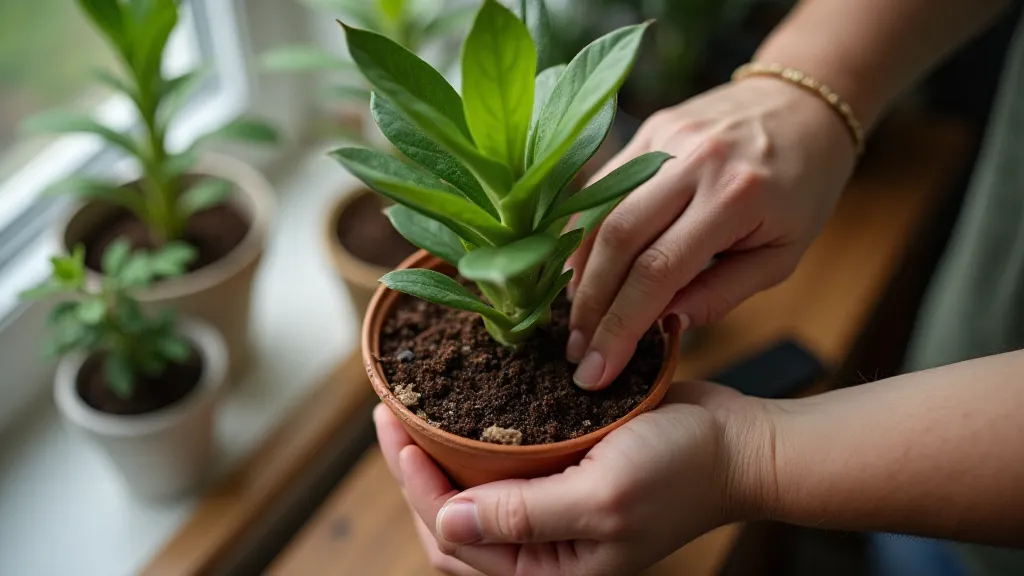
Dealing with Existing Root Rot (Rescue Attempt)
If you suspect root rot, act quickly. The following steps may help, but success isn't guaranteed:
- Remove from Pot: Gently remove the plant from its pot.
- Inspect and Prune: Carefully remove as much of the old soil from the roots. Use clean, sharp scissors or pruners to cut away any brown, mushy, or smelly roots. Be thorough in this process; even small pieces of infected root can lead to recurrence.
- Fungicide (Optional): Some gardeners use a systemic fungicide to help combat the fungal pathogens causing the root rot. However, this is not always necessary and can be controversial. While fungicides can be helpful, addressing the underlying causes of the root rot (overwatering, poor drainage) is paramount.
- Repot in Fresh Mix: Repot the plant in a clean pot with fresh, well-draining potting mix.
- Monitor: Keep a close eye on the plant and adjust your watering habits to prevent recurrence.
It’s important to remember that rescuing a plant suffering from severe root rot can be challenging and isn't always successful. Sometimes, preventative measures are more effective than trying to salvage a severely damaged plant. Consider the plant's overall health and vigor when deciding whether to attempt a rescue.
Root rot is a serious issue, but with proper care and attention, you can significantly reduce the risk and keep your rare houseplants thriving. Remember to research the specific needs of each plant in your collection and adjust your care accordingly. The intricacies of plant physiology and environmental factors often require continuous learning and adaptation.
